Can you name the Italian flag colors? Think of 10 countries whose flags you know and, most likely, the colors of the Italian flag are among them. Learn about the Italian flag history! The red, white and yellow is the symbol of Italy that most people recognize around the world. But what is the history of the Italian flag? Find out from us on Life in Italy everything you should know about the Italian flag through history!
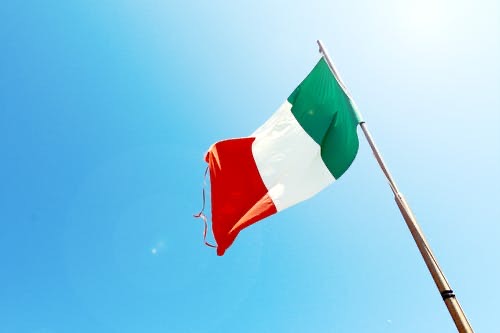
Italian flag and national pride – Italian flag history
So, what made the Italian flag so popular? It’s the restaurants and eateries selling pizza, pasta, and gelato worldwide. They somehow “invaded” the world, bring the colors of the country to the planet.
What’s weird is the reactions and feelings of Italians. In fact, they are not as proud of their flag as Americans are of the Stars & Stripes. It’s rare to see a house with an Italian flag on the front porch. However, Italians would never destroy their flag. No one would feel comfortable in damaging this symbol.
Furthermore, in Italy it is forbidden to burn, destroy or damage the flag.
The law on the Italian flag
If we dig more into the Italian flag history, we must mention the law: This is the law in its native language:
Art. 292 (Vilipendio o danneggiamento alla bandiera o ad altro emblema dello Stato). – Chiunque vilipende con espressioni ingiuriose la bandiera nazionale o un altro emblema dello Stato é punito con la multa da euro 1.000 a euro 5.000. La pena é aumentata da euro 5.000 a euro 10.000 nel caso in cui il medesimo fatto sia commesso in occasione di una pubblica ricorrenza o di una cerimonia ufficiale. ) Chiunque pubblicamente e intenzionalmente distrugge, disperde, deteriora, rende inservibile o imbratta la bandiera nazionale o un altro emblema dello Stato é punito con la reclusione fino a due anni.”
The translation, although not literally
Whoever damages or offends the national flag with epithets will get a 1.000-5.000 euro fine. The fine will increase to 5.000-10.000 euro if this fact happens during a festivity or a public, official ceremony. Anyone who publicly and intentionally destroys throws away, damages, makes useless, or stains the national flag will be punished with a 2-year sentence in jail.
Hence, no harm of any kind can come to the Italian flag.
The Italian flag through history – Italian flag history
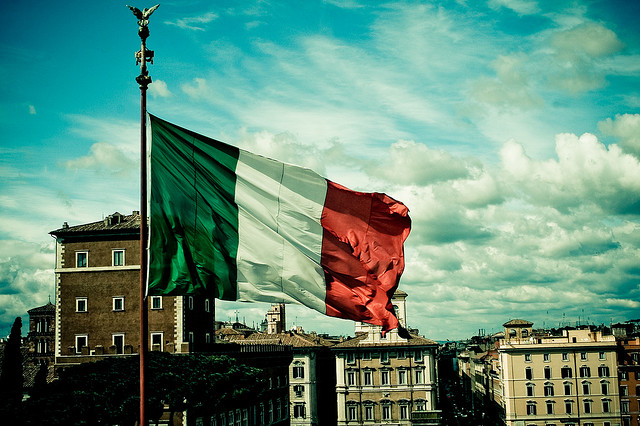
So, what is the history of the Italian flag? Many design changes affected the Italian flag throughout history. In fact, the story of the flag represents and portraits the history of the country. All the way to the final chapter. Eventually, it led to the unification of the Italian people under one nation in 1861.
The 18th and 19th century
In the late 18th century, several Italian regions adopted a tricolor flag of green, white, and red. The inspiration of the tricolor came from France. In the late 1700s, Napoleon controlled northern Italy. The French army occupied most of the country
The Cisalpine Republic officially adopted the Italian tricolor in 1798. It was a square-shaped flag, with three vertical lines to represent the colors.
In 1802, the Italian Republic was born. This was a Napoleonic state which included the North of Italy. It might be easy to mistake it with the modern Italian Republic. Except, this was a whole different story. While the colors remained, the design change a bit, although it was still square. The flag of the Italian Republic was red with a white rhombus in the center and a green square in the middle of the white.
Three years later, the Italian Republic of Napoleon became the Kingdom of Italy, when the French conquistador became emperor. This time around, the square became rectangular. Plus, Napoleon’s eagle was in the center. This flag remained in use during Napoleon’s rule, which lasted until 1814.
The road to Italian unification
Another important highlight of the Italian flag history is the unification of Italy. The Italian states were not widely united under one flag again until the year of 1848. That’s when the tricolor flag became the national Italian flag. And it featured vertical stripes of red, white, and green. Plus, the coat of arms of the Savoia family was displayed in the center.
Both the Venetian and Roman regions later adopted similar flags. This step symbolized the road to the unification of the Italian states.
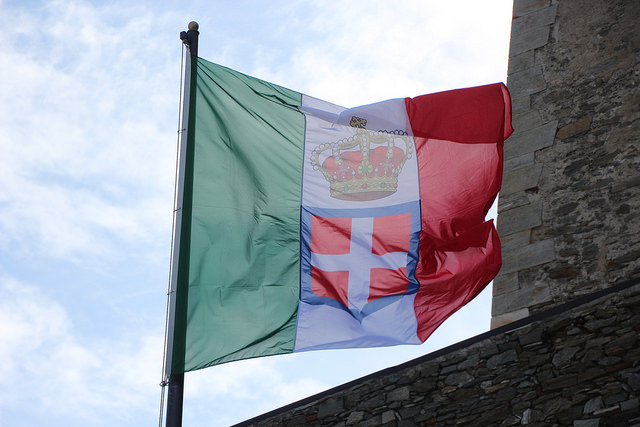
Rome became the capital of the Kingdom of Italy in 1872. To mark this historical event, a crown was added To the center of the flag. King Vittorio Emanuele II made the change, while Savoia’s coat of arms remained. At least until 1946, when Italy officially ended the monarchy.
To mark this historical event, the flag consisted only of the red, white, and green vertical stripes. No extra logos nor figures. This was a monumental change in the Italian flag history.
This is still the national flag of Italy. But why these colors?
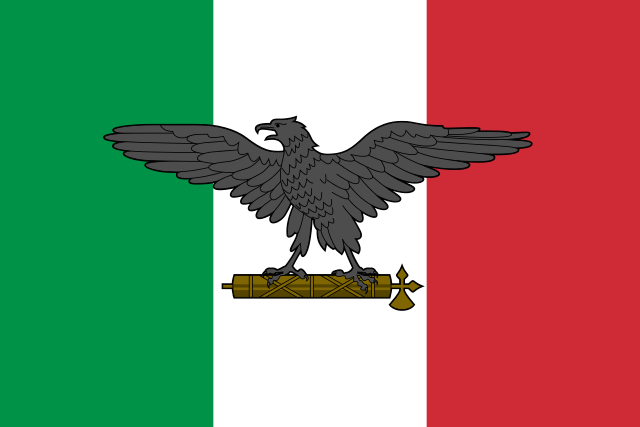
Italian flag colors
As you remember, the inspiration came from the French flag. Although the color blue was replaced by the green of Milan’s Civic Guard.
Three colors, two interpretations.
The first believes that green symbolizes hope, white represents faith, and red signifies charity. The second interpretation says that green is the symbol of the Italian landscape. While the color white represents the snow-capped Alps and red the bloodshed. The blood spilled for the independence of Italy.
What’s sure is that all of these symbols embody unity and nationalism among the Italian people.

Must watch: the tricolor of Italy in modern days
After the dark years of Fascism, this national symbol has become even more important. It represents the unity and hope of Italians. Indeed, the flag can still make people cry. At least, tear up a little.
Le Frecce Tricolori, love from the army
A ceremony for the 2021 World Championships of Ski in Cortina.
The flag at half mast for national mourning
Let’s continue Italian flag history, shall we? Most recently, for the murder of Italian representatives during an attack in Congo.
Waving Italian flag – The Italian flag in the present
Today, on sports games, national days, events, but even in a bar while watching football people would be waving Italian flag. There are few Italians who wouldn’t know at least a small Italian flag at home. This is the symbol of Italy, and Italians are proud of their country, their symbols. So waving Italian flag whatever’s happening is pretty common to see in Italy. We hope you’ve found every detail you’ve been looking for about what is the history of the Italian flag, and the changes of the Italian flag through history! Yes, the Italian flag is still a powerful symbol of Italy, even after centuries.


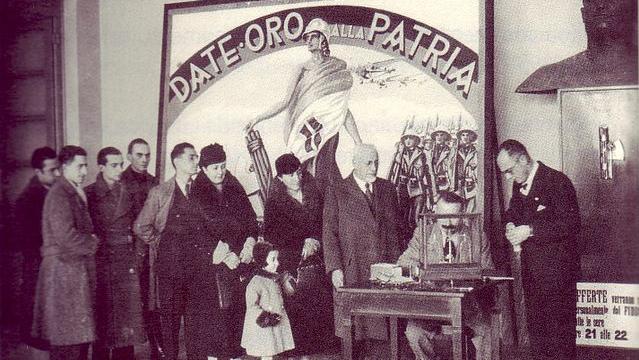

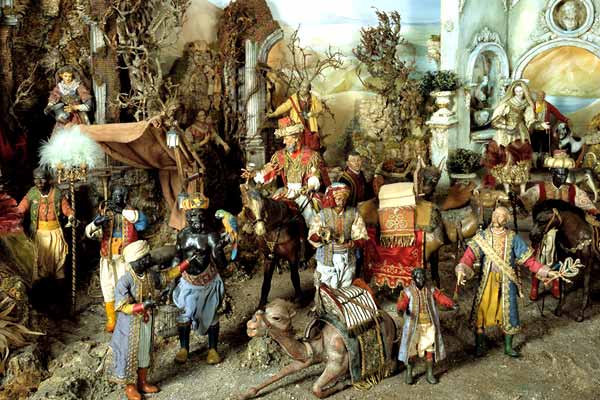








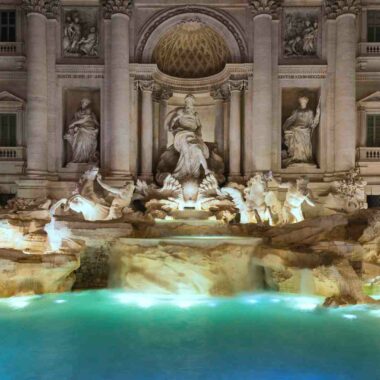
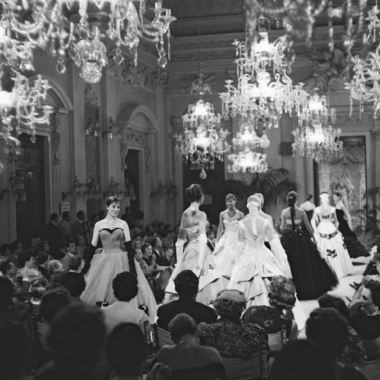


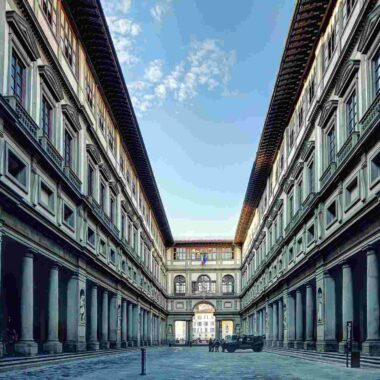

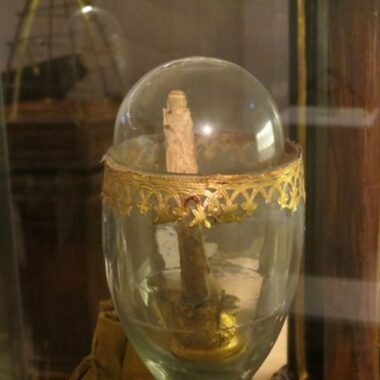




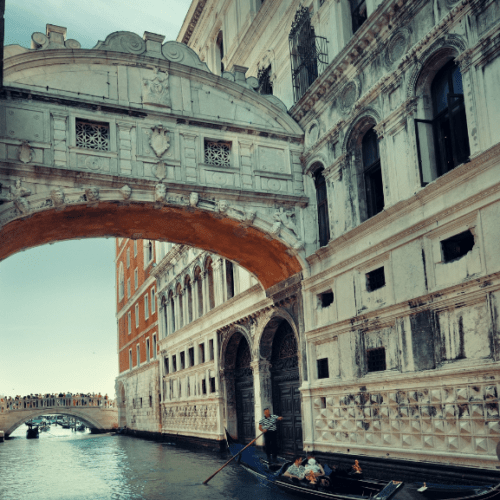

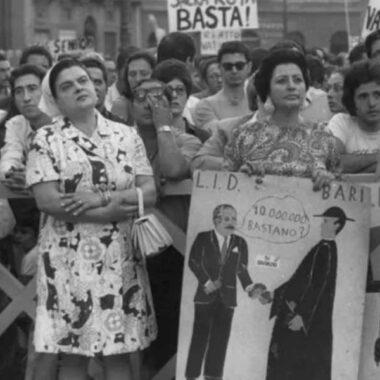



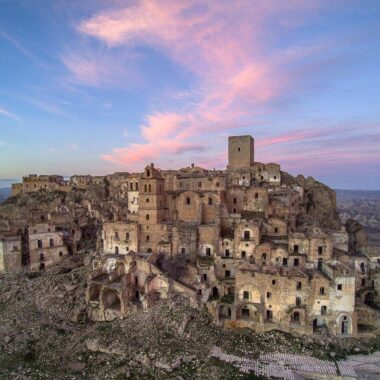
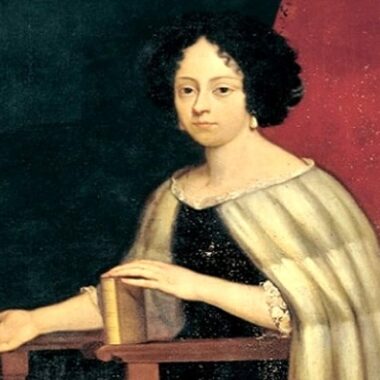

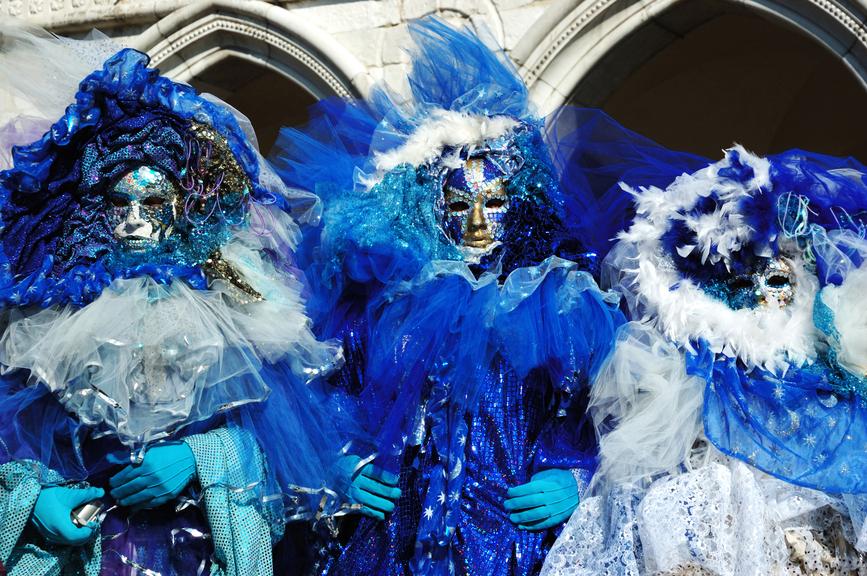


This article is jumble.
The Tricolour Flag of Italy.
Is simple to explain.
The red and white is from the Genoese and the green and is from the Lombardi.
The two maritime states.
That where in business for around a thousand years.
They fought at times, white represents peace between the two.
The Genoese flag, is the cross of St George, that the Genoese rented to the British, to scare off pirates.
Italians also chased down pirates for the British, and taught them to Navy, and probably financed them, and the Venetians where the first to have an assembly line for building ships, hundreds of years before Henry Ford did it for cars.
Ok Italians are crazy and beautiful and genius.
Ciao.